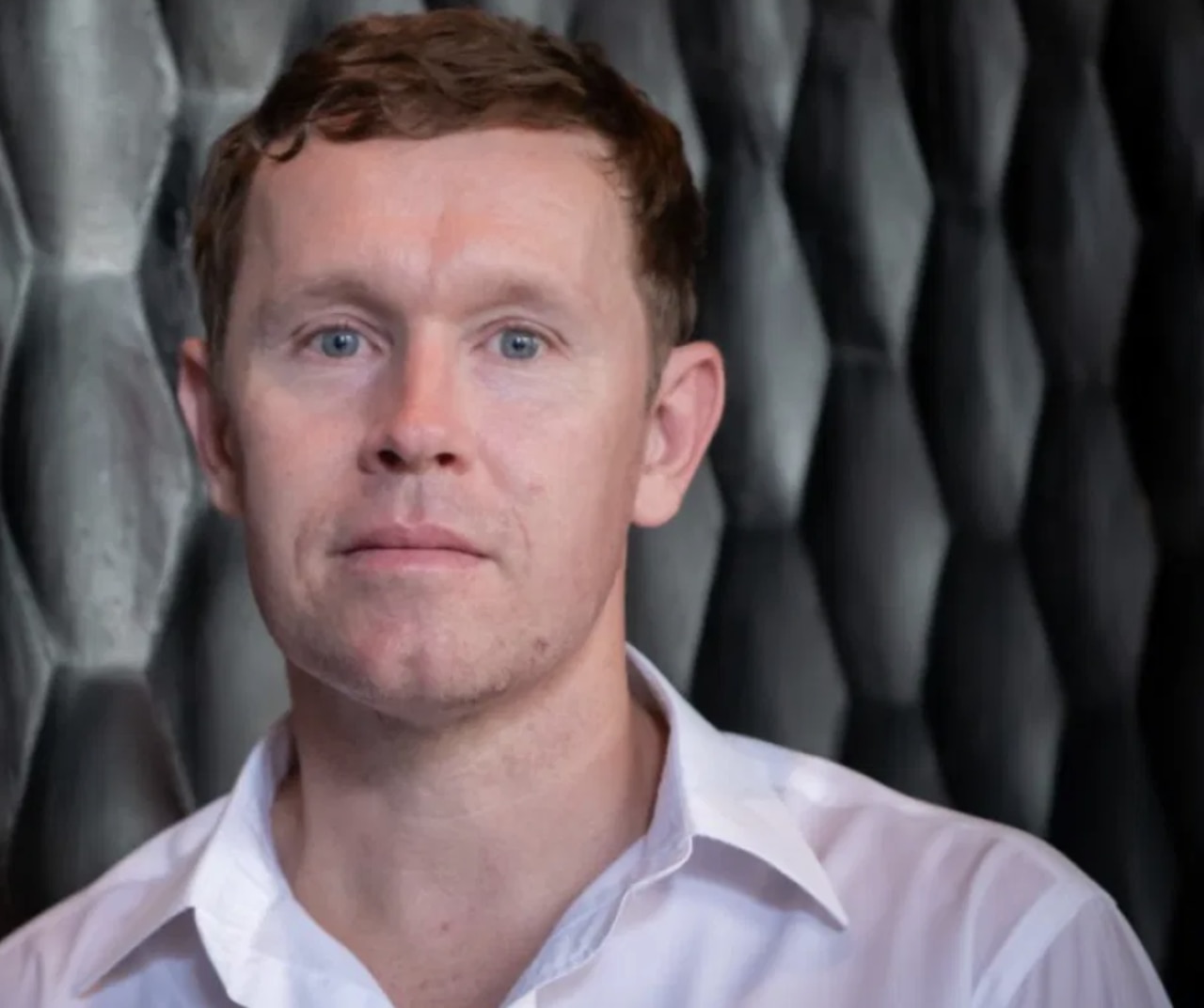The latest Google search trends show inflation biting
A year’s worth of new search data from Google shows Australian consumer attitudes are shifting and becoming more nuanced. Here’s what it means for marketers.

Australians continue to consult Google to navigate their cultural identity, work and wellbeing, according to new data from the search engine’s latest Year in Search report.
The three biggest jumps in search in Australia over the past 12 months included “inflation meaning” which grew by 230 per cent, “same day delivery” which rose by 215 per cent and “Indigenous voice” growing by 200 per cent.
But Australians also searched for “signs of burnout”, which increased by more than 130 per cent, and “pay rise”, up 70 per cent.
“The big question for brands is do they simply want to be part of a product transaction with customers or appeal to them across their needs and values and aspirations?” said Rachael Powell, head of insights at Google Australia.
At a time when Australians were seeking information on social and workplace issues, Ms Powell said inclusive marketing strategies could play a role in solving consumer pain points, but argued brands must execute their tactics and messaging with authenticity and transparency.
“Too often I’ve seen examples where this is tokenistic or a ‘check box’ activity,” she said. “It absolutely needs to be across the full marketing function and strategy – from conception, creative, through to execution.
“Brands can do this by empowering diverse perspectives throughout the whole value chain, challenging themselves to hero a different group in every piece of marketing, telling real stories as much as possible, showing different people in a way that challenges common assumptions or stereotypes, and really understanding the cultural context to make a brand’s role positive and credible.”
In the current inflationary environment, bean-counting Australians are more value-conscious, searching for answers to “why is … expensive”, a search term that was up more than 40 per cent, as well as “compare” and “best deal”, up more than 20 per cent.
John Dawes, of Ehrenberg-Bass Institute for Marketing Science at the University of South Australia, warns that even though customers like low prices, succumbing to the temptation to cut prices to chase sales volume may not necessarily be the most effective way to drive business growth and win with customers.
Price cuts may generate sales increases, he said, but when businesses discount they can end up selling a lot of product they would have ended up selling at a normal price and margin.
“There’s also lots of evidence that price cuts tend to appeal to buyers who know and buy you already; there are better tools to use for long-term growth, like advertising, which hits more people who don’t buy from you already.”
Google also recently conducted a study that found offering something free and reducing “delivery friction”, for example, could be as compelling to customers as a 10 per cent discount.
“There are lots of levers available to marketers that can influence how consumers see value, from making the delivery experience easy, offering free ‘add-ons’ to sharing positive customer reviews and experiences and reviews from product experts and highlighting key product features in listings,” Ms Powell said. “These levers are based on behavioural science principles, or things that can influence decision-making.”
But it’s not only value for money on the minds of Australians, some of whom are looking to treat themselves to trips overseas and high-end goods. Searches for “luxury bag” grew by more than 40 per cent and “all-inclusive resorts” by 120 per cent.
Professor Dawes added that while many Australians were feeling the pinch, wealthier consumers might not be. Across a range of categories such as food, fashion and beverage, some consumers were happy to spend on higher-priced goods and services in return for quality.
“Don’t just react to what’s happening in the middle and bottom end of the market,” he said. “There is plenty of growth and opportunity at the top end. And you don’t just have to react to premiumisation, you can make it happen in your industry if you think creatively about customer needs and how they can be better served.”






